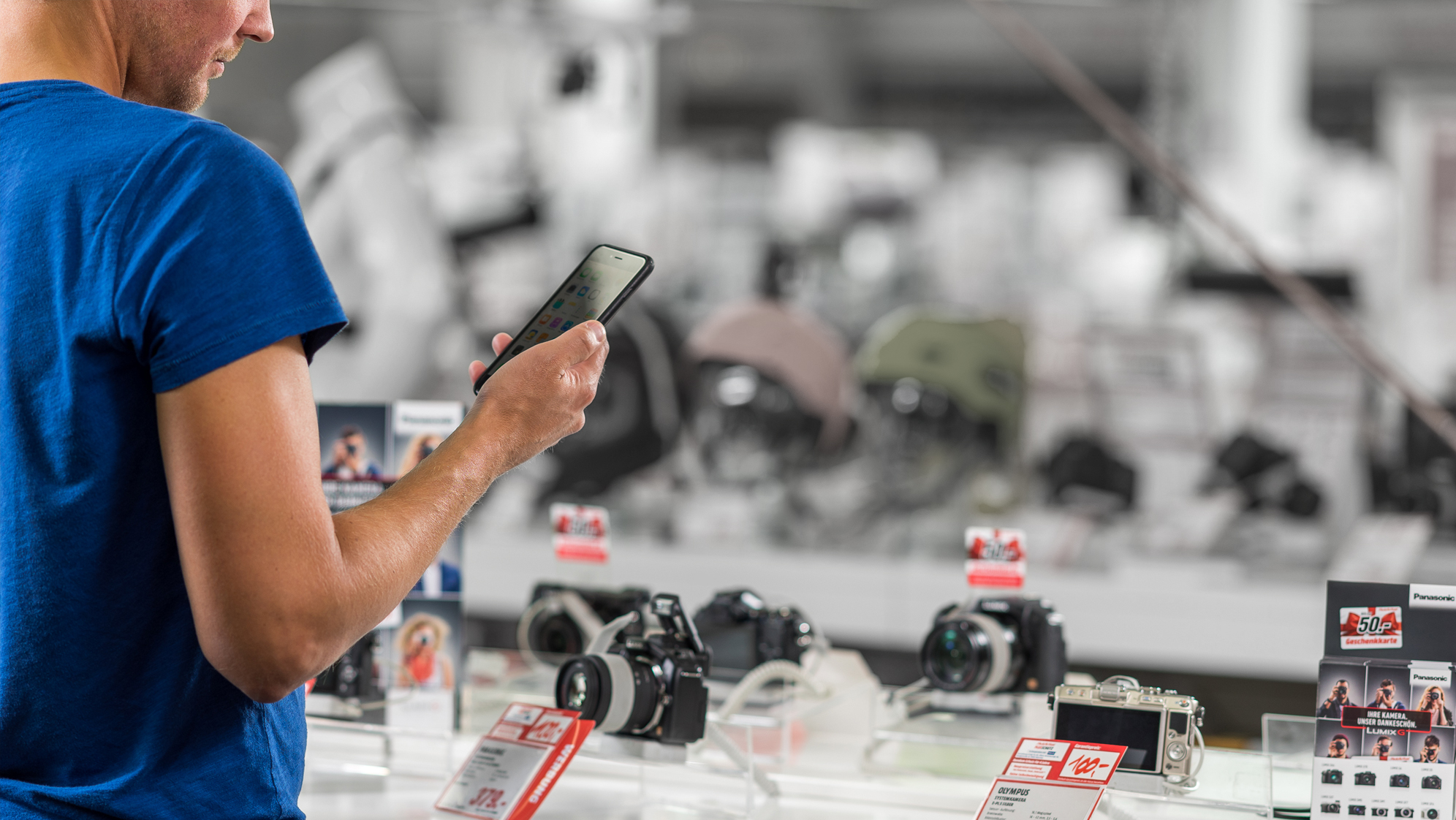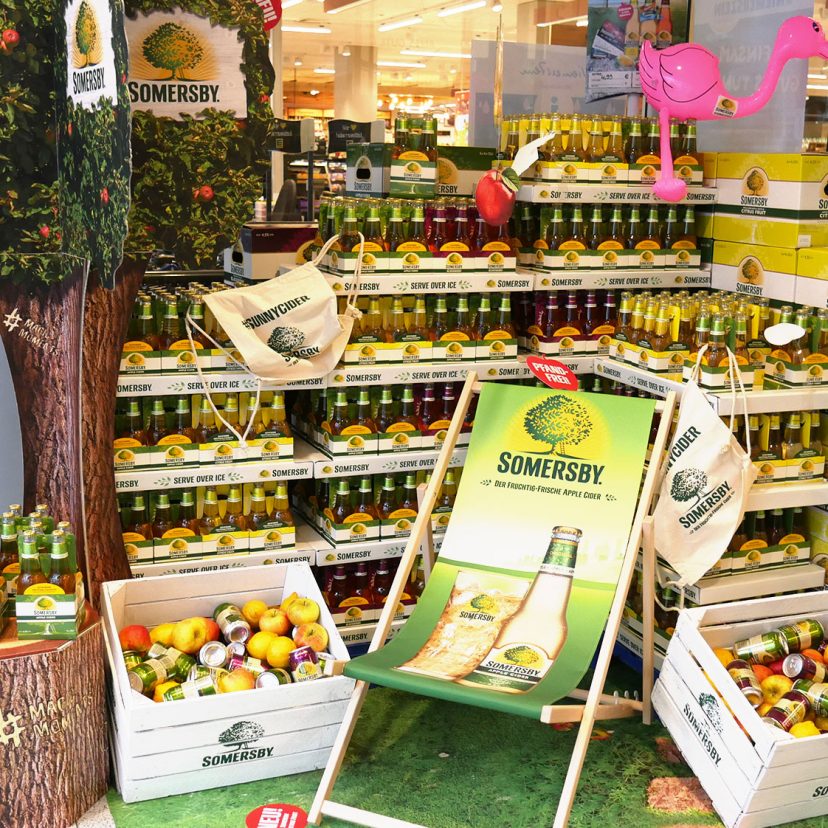The study as a whole examines the current customer journey in a total of 3 sectors: consumer electronics, food retail and pharmacies. Besides the confirmation of known findings both the individual observation of the sectors and the comparison between the sectors reveal potential and approaches for optimisation in industry and trade. This white paper showcases the most important finds for consumer behaviour relating to consumer electronics. General shopper behaviour and the special requirements in these market conditions are the focus and lead to specific recommendations for action.
Whitepaper ConsumerElectronics
If you would like to download the complete whitepaper click here!
ExecutiveSummary
Frequency of purchases
The first finding relates to frequency. Out of the 1,550 consumers who were questioned 20 per cent shop online every week and approx. 3 per cent even daily. Just 7 per cent stated that they are not part of the community of online shoppers. Bricks-and-mortar shops are frequented even more often, with 12 percent of the study participants doing their daily and 59 per cent their weekly shopping offline. Another 27 per cent do their shopping monthly, occasionally or at least once a year in a physical shop.
The buyer
This heterogeneous group of buyers demands both specialist knowledge and flexibility. The purchase, particularly of expensive consumer electronics, is generally less frequent and more considered than, for example, the purchase of groceries because of the higher investment involved. The CE buyer sometimes invests a lot of time in product research in the search for and selection of the right product. The CE group of buyers ranges from the absolute layman, who is reliant on good advice, through to the fully informed ‘techie’, who already has the expert knowledge. This asymmetry of information demands profound specialist knowledge of the retailer and a high degree of flexibility in order to satisfy the different expectations of the consumers.
The best of both worlds
Tactile experiences and overall product experience are clear strengths of bricks-and-mortar shopping that are missing in online shopping. Online trade dominates in other areas. The customer wishes to also discover shopping habits that he or she has come to like from online shopping in the bricks-and-mortar experience and would like to have an optimum combination of both areas.
The influential factors when deciding where to by are very distinct on the information level. 81 per cent of the 517 CE shoppers [1] who were questioned stated that the exhaustiveness of the product information, e.g. technical data or storage battery life-spans, are ‘very important’ or ‘important’ when selecting the right product and influence them in their choice. Independent test reports (77%), trying out the product (77%) and recommendations from friends and acquaintances (51%) are important guides when buying consumer electronics. 54 per cent of the consumers see product reviews by other customers as a clear strength of online shopping and would also use this in physical shops if it were possible.
Technology at the POS
The use of new technologies is sensible if it creates clear benefit for the consumer. In the technology-led environment of consumer electronics the shopper is more open to the use of innovation and new technologies at the point of sale. They have the potential to make shopping into an experience and to enrich the product experience. This is supplemented by a competent, friendly and directly accessible contact person.
[1] Besides the general factors, sector-specific questions are raised on the sectors of food retail business (FRB), consumer electronics (CE) and pharmacies (OTC), i.e. non-prescription products that are sold over the counter in pharmacies.
The allocation of the participants to the sectors was carried out randomly and was divided for the 516 questionnaires regarding the purchase of foodstuffs and 517 questionnaires each for the purchase of CE and OTC products.



